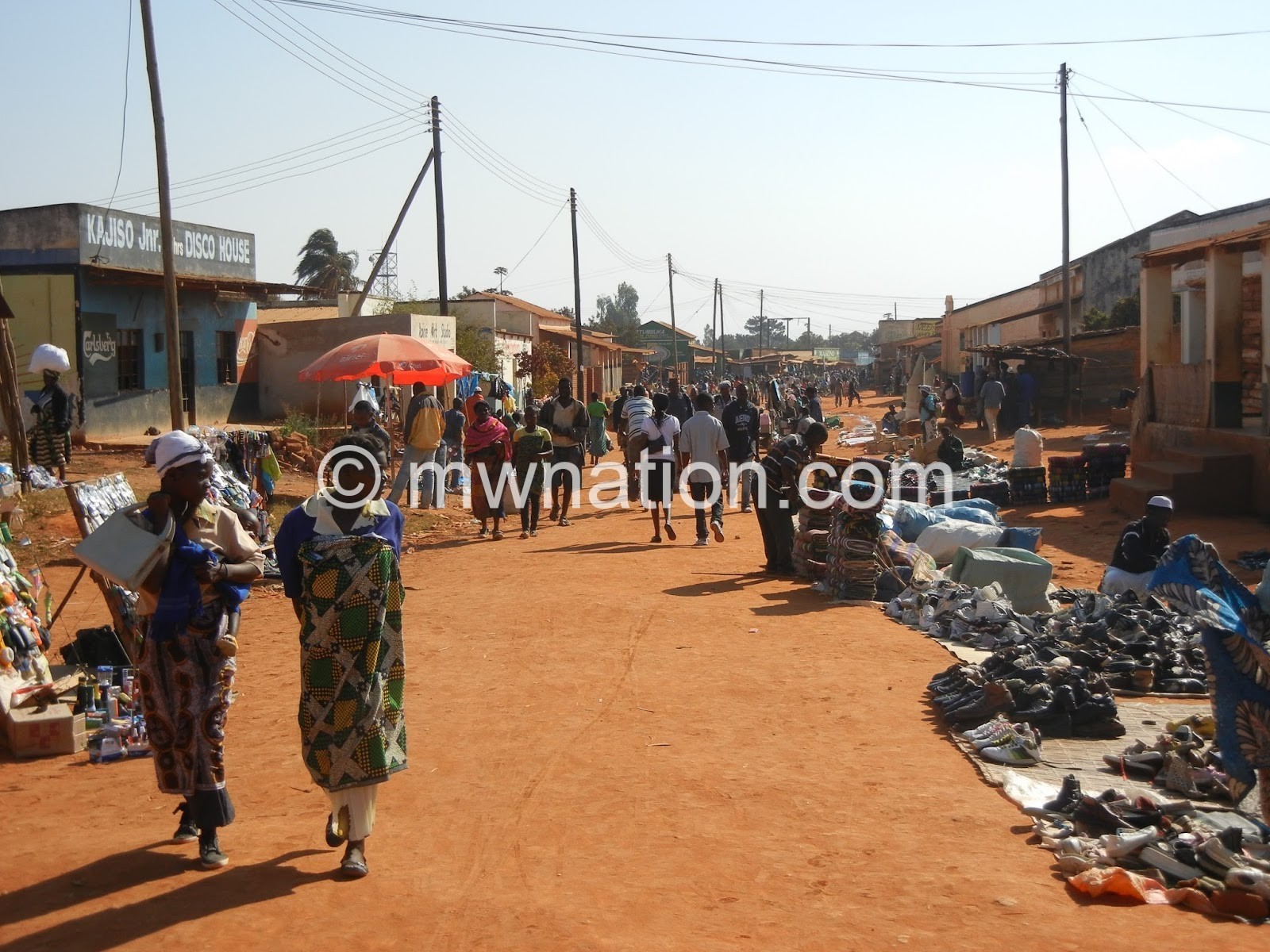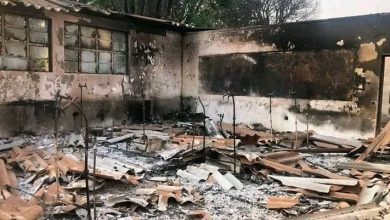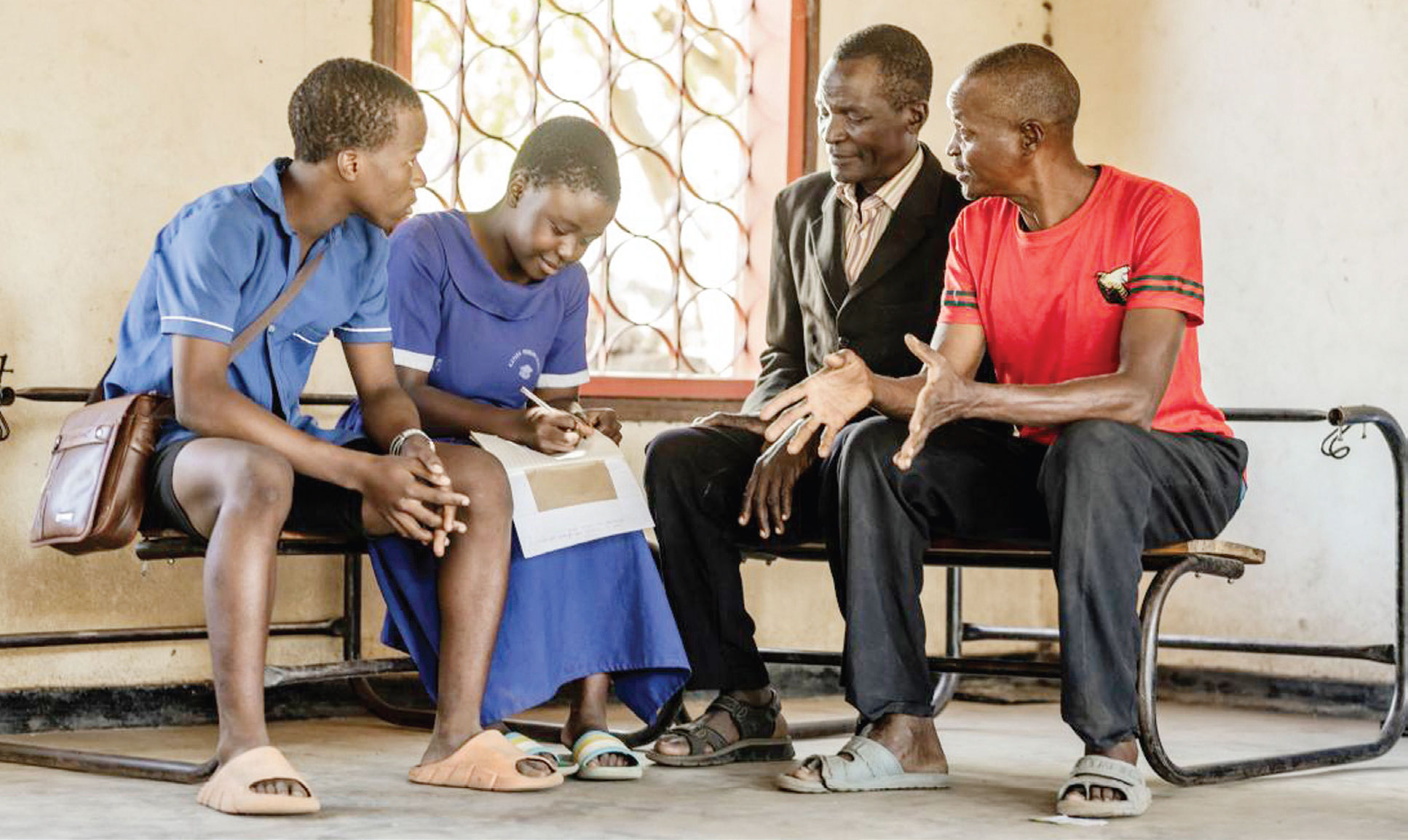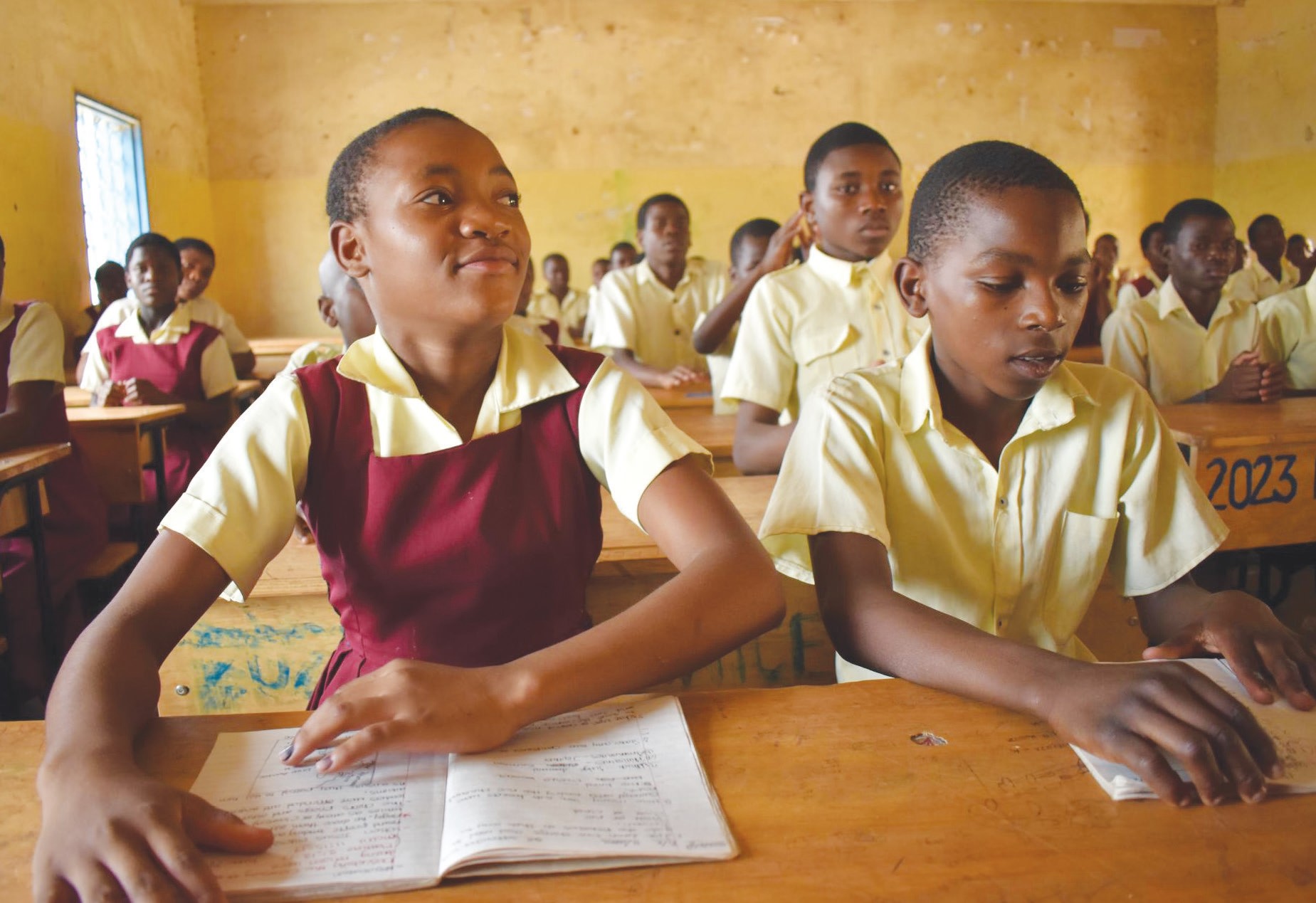Trading centres or future slums?
At 4.4 percent, Mzuzu is the fastest growing city in the country.
In fact, its boundaries have been extended to Dunduzu Roadblock on its northern margins and plans are underway to relocate its main bus depot and market to the virgin land on the city’s northern margins where government plans to build Mzimba North District Hospital.

For residents of Ekwendeni Trading Centre, almost 20km from Mzuzu, this is good news as the city is edging closer.
They expect the two commercial hubs to merge in less than 10 years.
However, fears are deepening that the unregulated, expansive trading centre may deteriorate into an irredeemable slum when they merge.
No growth plan
According to Mzimba district Commissioner Thomas Chirwa, Ekwendeni, like the rest of the districts, does not have an urban structure development plan to regulate future developments.
“This has led to haphazard development and emergence of slums,” he says. “The problem is that there is no paperwork to guide the local people. Chiefs allocate land haphazardly and development is neither regulated nor orderly.”
This is the problem faced by many district councils, with Mponela in Dowa, Thondwe in Zomba and Bvumbwe near Blantyre growing into potential slums.
M’mbelwa District Council has since engaged physical planners to develop the plan for Mzimba Boma and emerging trading centres, says Chirwa.
“Our wish is that the Boma and all trading centres should be planned areas,” he explains.
However, only Jenda Trading Centre has an urban development plan—thanks to the Rural Growth Centre Project funded by the African Development Bank.
Promising trading centres, especially Ekwendeni, Enukweni, Edingeni and Embangweni will have similar plans when consultants complete the plan for Mzimba Boma.
“We want people to construct houses and structures following the urban structure plan of their area although the land will remain customary,” he explained.
He reckons the land will remain customary after the zoning and mapping although chiefs will be told to stop allocating land anyhow to ensure buildings are constructed in designated places only.
The plan will include space for future sewer lines, water pipelines and roads.
Luchenza trunting
When former president Bingu wa Mutharika declared Luchenza a municipality in April 2012, he wanted the growth of the trading centre in Thyolo to be as regulated.
In his mind, the fallen leader wanted Luchenza to become modern city – bigger, busier and tidier.
Luchenza is the commercial hub of a south-western strip which plays home to vast tea fields, Malawi University of Science and Technology (Must) and Mount Mulanje, the second-largest tourism attraction in the country.
Five years on, Luchenza, declared a town on February 1 1987 when it had 8 842 people, remains a stunted town dominated by metallic silos built in 2009 and ancient shops left by Asian businesspeople banished to cities and towns at the height of founding president Hastings Kamuzu Banda’s autocratic rule.
The municipality is silently being reduced to a slum like any other as over 30 000 residents scramble for land and build homes without following its urban plan.
This waters down the joy Fyson Mangazi, 80, had when Bingu unveiled his dream to turn Luchenza into a world-class city.
As great expectations denatures into frustrations and a long wait, the octogenarian, who runs a shop near Luchenza Bus Depot, asks: When will the flourishing city take shape?
“We aren’t reaping fruits of the new status yet. We are paying high ground rates, but companies are not investing here. There are no jobs, limited business opportunities and the town is growing like a village,” he says.
The municipality between Mulanje and Thyolo is showing no signs of growth—save for a bus depot under construction.
Near the construction site, Sambagalu and Lolo settlements are quickly deteriorating into slums contrary to Luchenza Municipal Council’s bylaws and proposals to transform Luchenza into a modern city.
But the council’s director of administration Anthony Mapungwe remains optimistic that Bingu’s dream will come true by 2023.
The council is vying to extend the municipality boundaries to Mangunda Trading Centre near Thyolo and Musisi close to Mulanje.
But Namadzi, Namisanga, Sambagalu and other populous settlements are growing out of hand—albeit with no running water in sight.
“We are updating our urban structure plan. Once it is approved, no more squatting. Low density residential areas will be around Namadzi and Namisanga, the north-western part of Luchenza, while high density will be Sambagalu and Lolo area, one the western side,” says Mapungwe.
The reforms are moving at a slow pace, he says.
“We are understaffed. Besides, we don’t collect much revenue and we are underfunded,” he says.
Future challenge
At stake is the council’s strategy to make Luchenza an “orderly, developed and self-reliant” business destination.
To reverse the trend, the municipal authorities are doing land banking by allocating some plots for future use before squatters encroach it. However, the rise of illegal settlement mirrors scrambles for land amid rapid population growth and urbanisation.
Two years ago, the Ministry of Lands, Housing and Urban Development released a Malawi Habitat Report which named urbanisation among future challenges and issues for a new urban agenda.
The researchers warn: “It is likely that informal settlements and poor urban infrastructure provision will only worsen if sufficient measures are not taken to prioritise urban development issues in the face of continued rapid urbanisation.”





